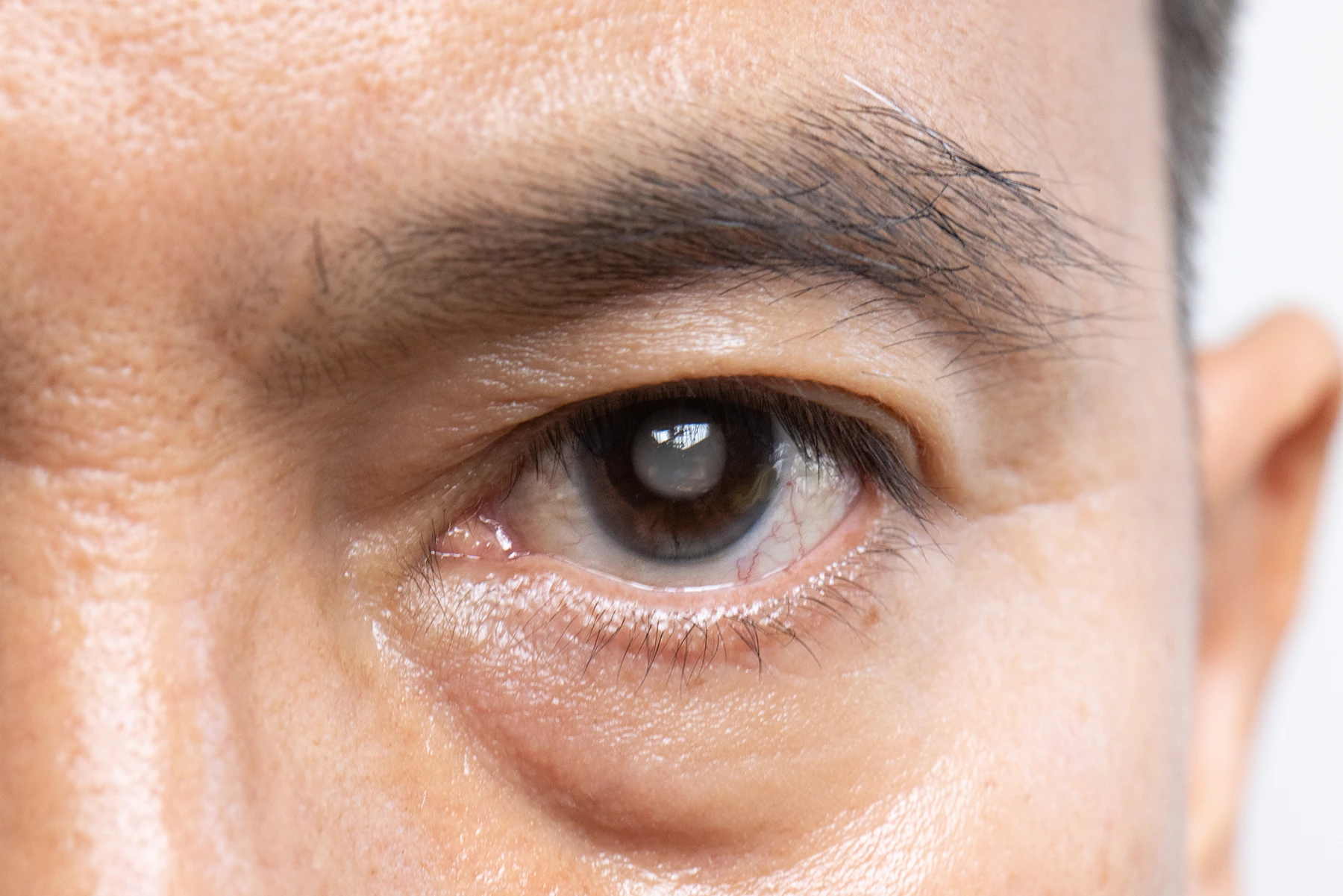Cataract Surgery: When to Seek Treatment and What to Expect for Recovery

Live long enough, and you’ll probably need cataract surgery. “Cataract surgery is a normal part of aging. We all need it at some point,” says Kendall Donaldson, M.D., professor of clinical ophthalmology and medical director of Bascom Palmer Eye Institute at Plantation.
The good news is that cataract surgery isn’t painful, has few risks and dramatically improves patients’ eyesight.
While common, the procedure undoubtedly brings questions. Dr. Donaldson offers a reassuring look at what to expect.
Why cataracts occur and when to get treated
Cataracts occur when the eye lens gradually becomes cloudy with age. “We all start with clear lenses, and over time, those lenses start to get cloudier and don’t flex as well,” says Dr. Donaldson.
Sometime in your 40s, you may start to need reading glasses. Eventually, cataract cloudiness affects daily life, like driving at night or reading.
In most places, night driving is the most common complaint for those who need cataract surgery. In South Florida, it’s often a complaint about golf, tennis or pickleball. “I often hear patients complain they can’t see the ball, but their friend can,” says Dr. Donaldson.
Delaying cataract surgery until the problem is severe can cause unnecessary vision problems and discomfort. “If you feel like your vision is great, there’s nothing to fix. But once it starts affecting your quality of life, that’s the time,” says Dr. Donaldson.
Are there complications from cataract surgery?
Cataract surgery is one of the safest surgeries performed today. “It’s considered minimally risky, and 95% of the time, there are no complications,” says Dr. Donaldson. The remaining 5% of people experience mild and treatable issues, like temporary swelling. This can typically be treated with drops.
More serious complications, like needing laser treatment or a second surgery, occur in 1–2% of cases. The risk of infection after cataract surgery is about 1 in 1,000. Doctors prescribe antibiotic drops two to three days before surgery and then after to prevent infection.
Conditions that can complicate cataract surgery
Some cases of cataract surgery are more complex, such as patients with uncontrolled blood sugar levels. “Diabetes causes earlier cataracts and more swelling after surgery,” says Dr. Donaldson.
Patients with inflammatory diseases like lupus or rheumatoid arthritis, or those using steroids long-term, also tend to develop cataracts earlier.
Some patients’ doctors may recommend coordinating care with a retinal specialist before and after the procedure.
Still, many patients with complicating factors can still have no problems.
What to expect before and after surgery
The procedure is outpatient, quick, and usually done with light sedation. “Most patients can take care of themselves afterward. They just need someone to drive them on the day of surgery because of the sedation,” says Dr. Donaldson.
Some people, especially older patients, may still feel groggy the next day from the sedation. The majority of Dr. Donaldson’s patients are able to drive the day after surgery.
Post-op restrictions include no heavy lifting, gym workouts or swimming for one week.
You can shower the next day.
How dry eye and allergies factor in
South Florida patients often deal with dry eyes or allergies, which can impact surgical planning. “Dryness can affect our measurements for the new lens, so we often treat the dry eye before surgery to get the best results,” says Dr. Donaldson.
The procedure treats cataracts but not dry eye. Patients who rely on long-term dry eye care afterward will still need that treatment after surgery.
Bonus! Possibly ditching glasses
Cataract surgery today can do more than clear, cloudy vision. Many patients take this chance to reduce or eliminate their need for glasses with laser repair.
For patients with astigmatism, especially, the laser used during cataract surgery can help correct it.
Some patients even opt for monovision — placing a distance lens in one eye and a near-vision lens in the other. “It’s like Lasik for older patients, and many are already used to that kind of vision from contacts or previous Lasik surgery,” says Dr. Donaldson.
A surgery with a positive impact
“Cataract surgery is different from most surgeries because it has an immediate positive impact on your life,” says Dr. Donaldson.
Most patients are thrilled with the results. “Most people come back and say it was easier than they expected. It’s a great lifestyle improvement,” says Dr. Donaldson.
Written by Wendy Margolin, a contributor for UHealth’s news service.
Tags: Bascom Palmer Eye Institute, Dr. Kendall Donaldson, Eye surgery benefits, Vision correction options, Vision improvement
